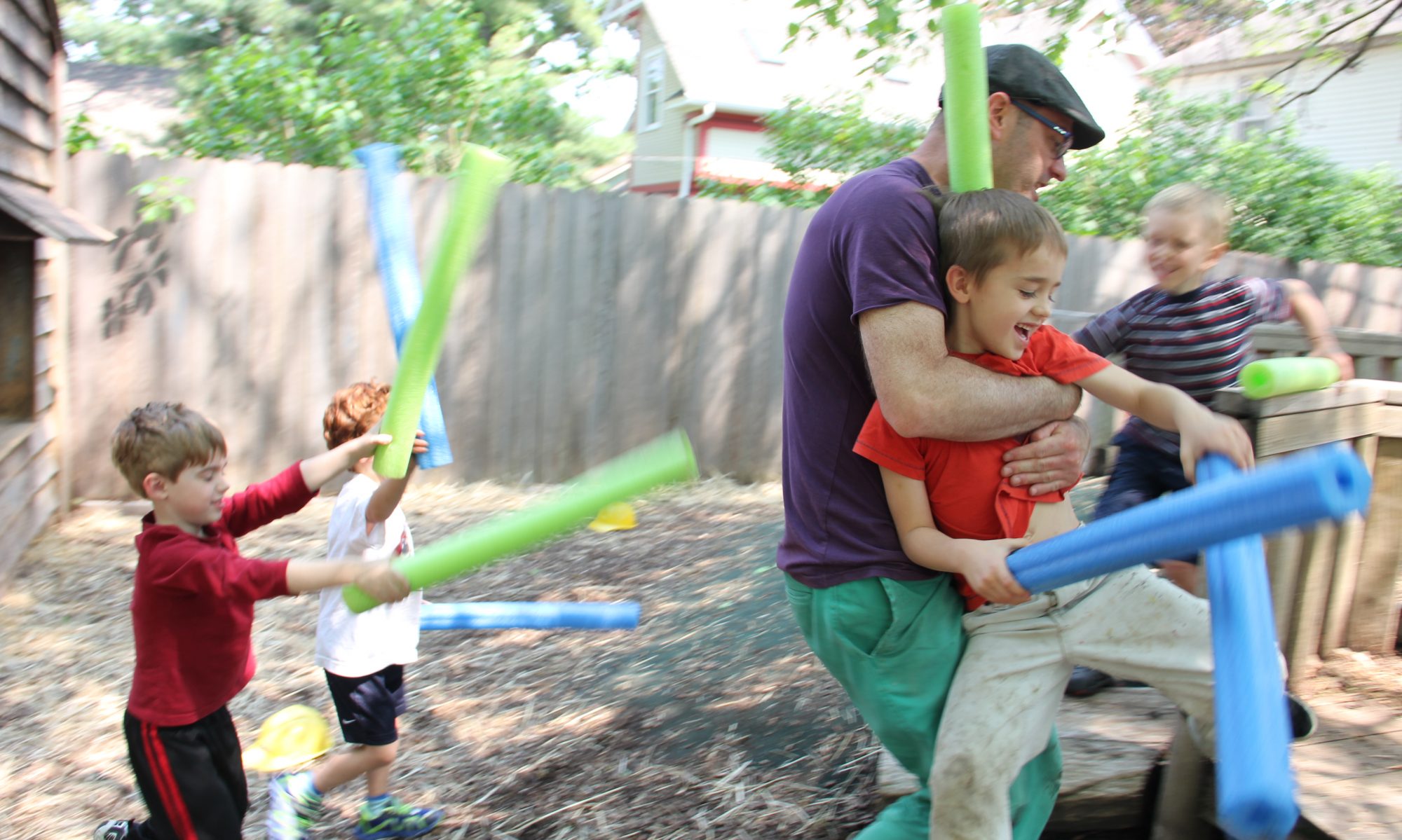Priscilla was our friend
She ate popcorn with us
She played tic-tac-toe and noodle ball with us
She knew our names and we knew hers
We will miss her
Priscilla was our friend
This week my class learned that one of our beloved Grand Friends passed away. The Grand Friends are the residents at an assisted-living facility that we visit twice a month. We made a card for Priscilla with lots of flowers and hearts. I asked the kids what words I should write. They came up with the words above.
It can be difficult to talk about death with young children. I wrote about the death of another Grand Friend in a previous post. I also talked wrote a post about talking to children about death on another website. Today I want to focus more on the words the children used for their card, which the children gave to Priscilla’s daughter.
You can see how preschoolers focus on concrete details: we ate popcorn and played games with her. They are defining a friend as someone you eat with and play with. That’s a pretty good definition, but it’s the next line that really made me pause. “She knew our names and we knew hers.”
These children understand the power of names. Young children first learn this power by naming close family members, usually mama, dada or some variation. They quickly realize that these words produce a lot of excitement from mothers and fathers.
Children also learn to name objects. As young children become mobile, their world expands greatly. Toddlers become curious about everything. Older toddlers gain about 10-20 words per week as they continue to explore and have conversations with others. By the time they are preschoolers, these children can start to use this vocabulary to have conversations about objects that are absent, and eventually objects they have never seen.
There is also power in the naming of emotions. When toddlers learn to label their emotions, they can start to recover from some of their strong emotions a little quicker. Preschoolers continue this process as the names of emotions move past happy, sad and mad to include scared, lonely, frustrated, jealous and others. The better preschoolers get at naming their emotions, the easier it is to control impulses associated with those emotions. For example, a preschooler can learn to say they are mad while controlling the impulse to hit the person they are mad at. Simply naming the emotion allows for them to control the impulse. I used the term simply, but of course it is not learned quickly, but through lots of experience and guidance from a patient adult.
In addition children (and really all people) feel more secure and comfortable in an environment where others know their names. Teachers and caregivers quickly learn that using a child’s name makes a child recover easier at drop off time. Parents also are more trusting if their names are used.
Priscilla was the first Grand Friend to get to know the children’s names and she soon became the Grand Friend the children talked to the most. The children picked up on that when we wrote our memories of Priscilla.
Our visits with the Grand Friends are important because we learn how to be a part of a wider community. Children and elders are often overlooked in our society. All of us can make a difference and it starts with learning the names of those around us. I am thankful that my class reminded me of the power of names.
